Local stores seem to be stocking the shelves with the fun toys of summer, so I thought I would share with you a strategy for getting students to dig a little deeper.
Obtain a plastic beach bucket and a handful of plastic shovels. On the scoot of each shovel, adhere a piece of paper with one of the following higher level thinking prompts.
- Do you see any patterns?
- Can you take a different perspective?
- Have you noticed any trends?
- Are there any ethical issues to consider?
- What relationships are obvious? subtle?
- Can you make connections across content areas?
Place the shovels in the bucket and carry it with you as you wander the room. If you find a student who is finished early, or just needs some higher level stimulation, ask them to take a shovel from the bucket and dig deeper into the content.
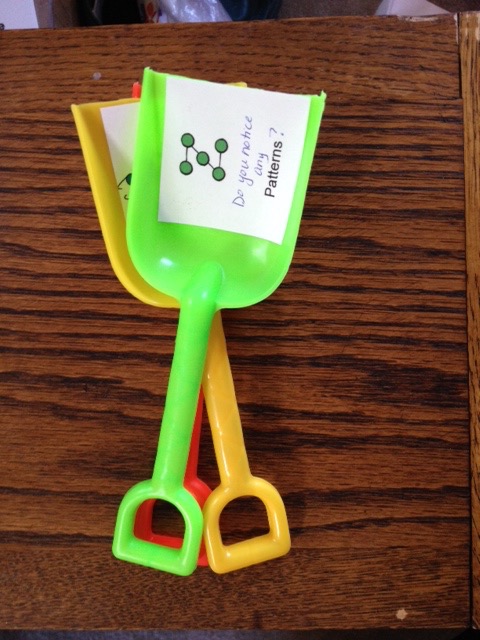
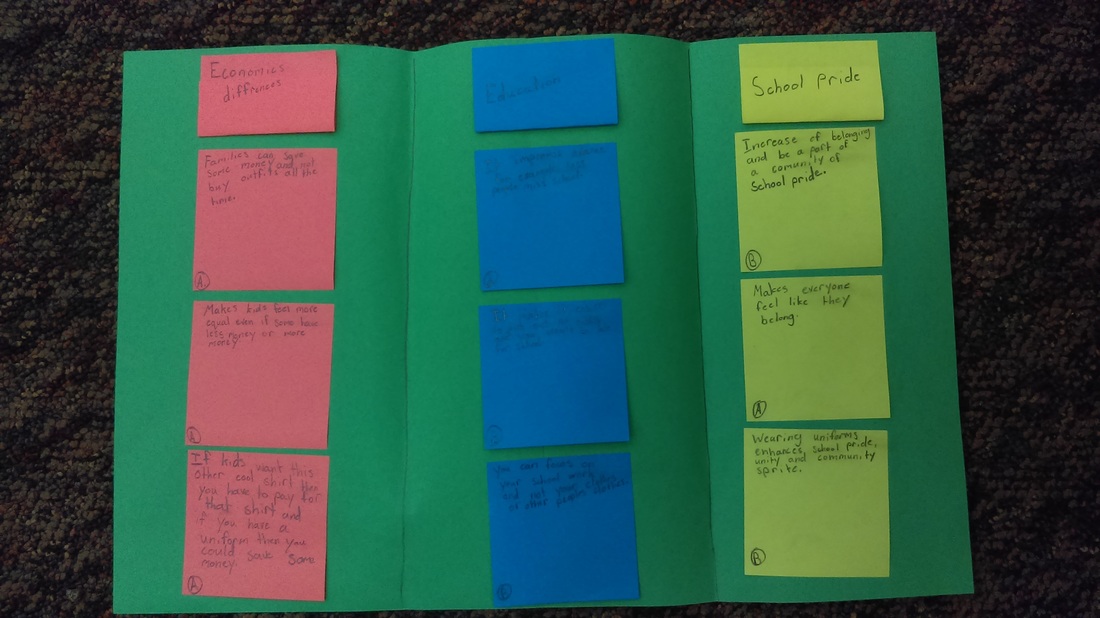

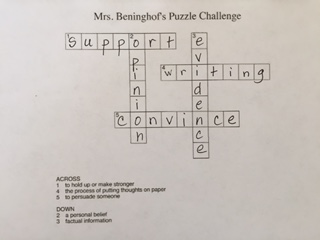
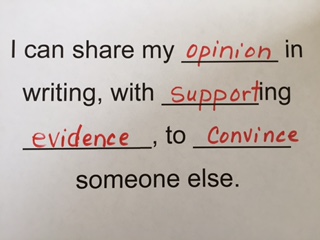
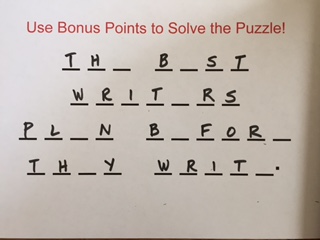

 RSS Feed
RSS Feed